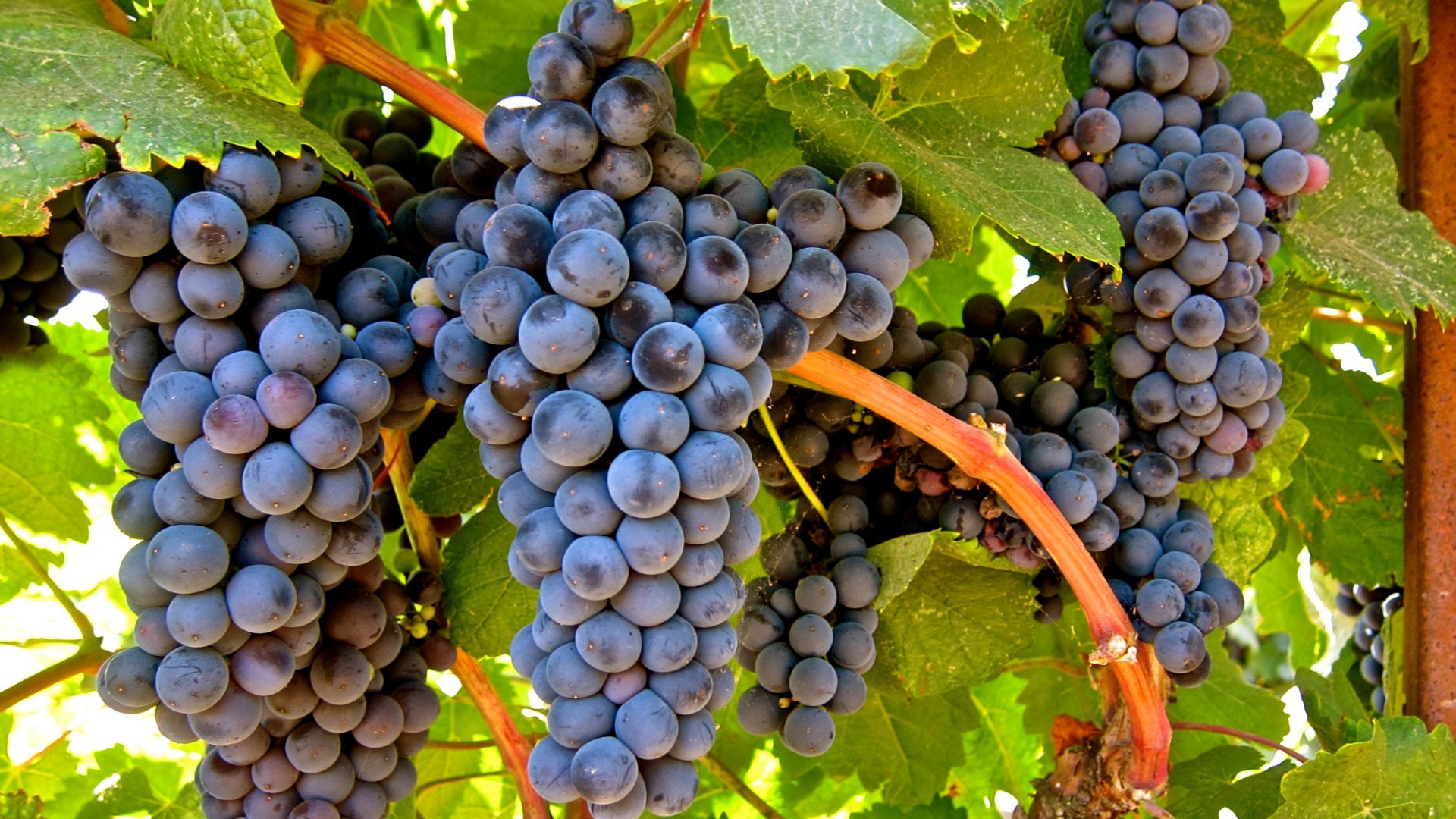When we think about wines from South America, Malbec from Argentina and Carménère from Chile are the ones that immediately come to mind, but there is a wine industry slowly developing in Brazil as well.
The history of wine in Brazil goes all the way back to 1532, when Portuguese conquistadores claimed the land now known as Brazil as part of the Portuguese Empire. Unfortunately, most of Brazil is too close to the equator to successfully grow grapes, so early attempts at a domestic wine industry were mostly unsuccessful.
The domestic wine industry finally gained momentum in the 1870s, driven by waves of Italian immigrants who brought old-world Italian vines and winemaking expertise to Brazil.
Unfortunately, Brazil was governed by a succession of military dictatorships from 1889 to 1985, which enforced very closed economies, preventing the trade of wine in or out of the country. During this time, grape varietals that are native to the Americas were used for cheap table wine destined only for local consumption.
The markets finally opened up in the 1990s, which led to much uprooting of the native varietals, and plantings of the noble European vines, as the international export markets had no demand for the hitherto unfamiliar local varietals.
If you glance at a world map, most wine grapes are grown between the 30th and 50th parallels, and you will note that much of Brazil is too close to the equator, but the southernmost state of Rio Grande do Sul is right on the 29th parallel. This would still be a bit too warm for the old world varietals, but the region is mountainous, and the vineyards are located at higher elevations to avoid the heat.
The winemaking industry in Brazil tends to follow Italian traditions, due to large waves of immigration from Italy in the 1870s, particularly in the mountainous regions best suited for wine grapes.
Brazil’s biggest impact on the world wine market has been in the form of sparkling white wines, mostly made from Chardonnay and Semillon grapes, usually in the Spumante or Prosecco styles first made famous in Italy.
Well-stocked booze merchants in Alberta do carry a few Brazilian wines, mostly from the largest two producers, Miolo and Salton, who both have a range of white and reds available.
The domestic consumption of wine in Brazil leans heavily towards sparkling white wines, likely because they are more refreshing in the hot and humid weather than red wines. Interestingly, Merlot is the most popular red grape for domestic consumption, but is typically served cold like a white wine.
Grape varietals native to the Americas are more suited to the Brazilian climate, so make up the mainstay of domestic consumption, as well as being blended with the more familiar French and Italian varietals for export markets.
My first introduction to Brazilian wine was at the Pampa Brazilian Steakhouse, boasting 5 locations across Alberta. In Brazilian cuisine, grilled meat is referred to as churrasco, and Brazilian restaurants employ roving waiters with enormous chunks of grilled meat on large skewers, which are carved off into thin slices for each diner at the table.
Since my first taste of Brazilian was at a Brazilian BBQ, my wine choices leaned towards the more full-bodied reds, mostly made from the Tannat and Cab Sauv grape varietals.
Tannat is an interesting grape, originally from the Basque region bordering France and Spain, but has adapted well to South America, and is increasingly popular in Brazil and neighbouring Uruguay.
When grown in Europe, Tannat is a very tannic and astringent wine. However, the terroir of South America produces a much softer and fruit-forward wine, often blended with Merlot for balance.
Like most countries in South America, beer and spirits are the tipple of choice, with domestic wine consumption only about 2 litres per capita per year, much lower than Canada’s 15 litres of wine per capita, and dwarfed by France, whose citizens down close to 50 litres per capita per year.
Brazilian wines can be found at well-stocked booze merchants across Alberta, as well as at the many Brazilian restaurants in nearby Calgary, should you be in the mood for mounds of grilled meat served in the gaucho style. Leave that Malbec from Argentina on the shelf and try a Brazilian wine instead!








